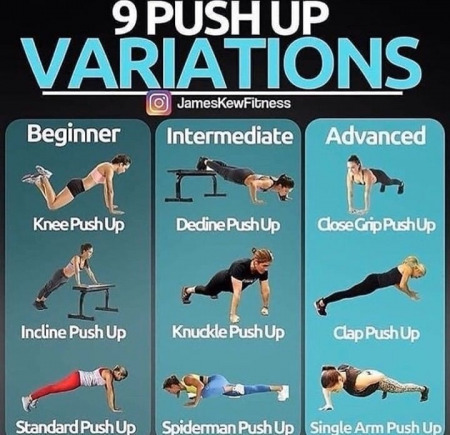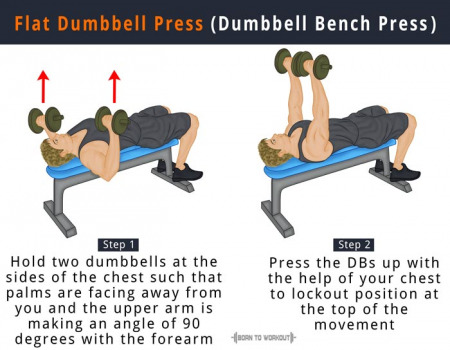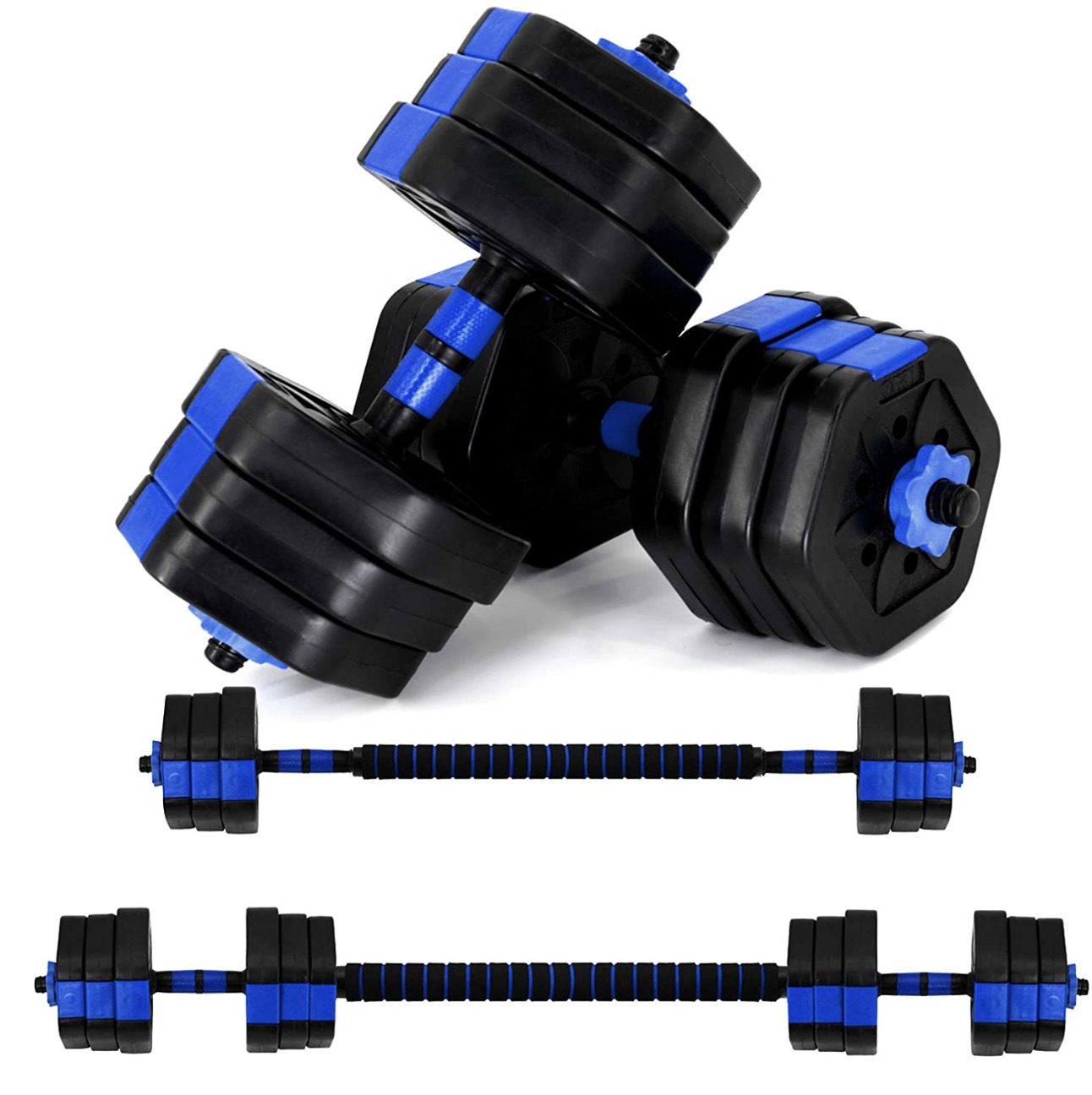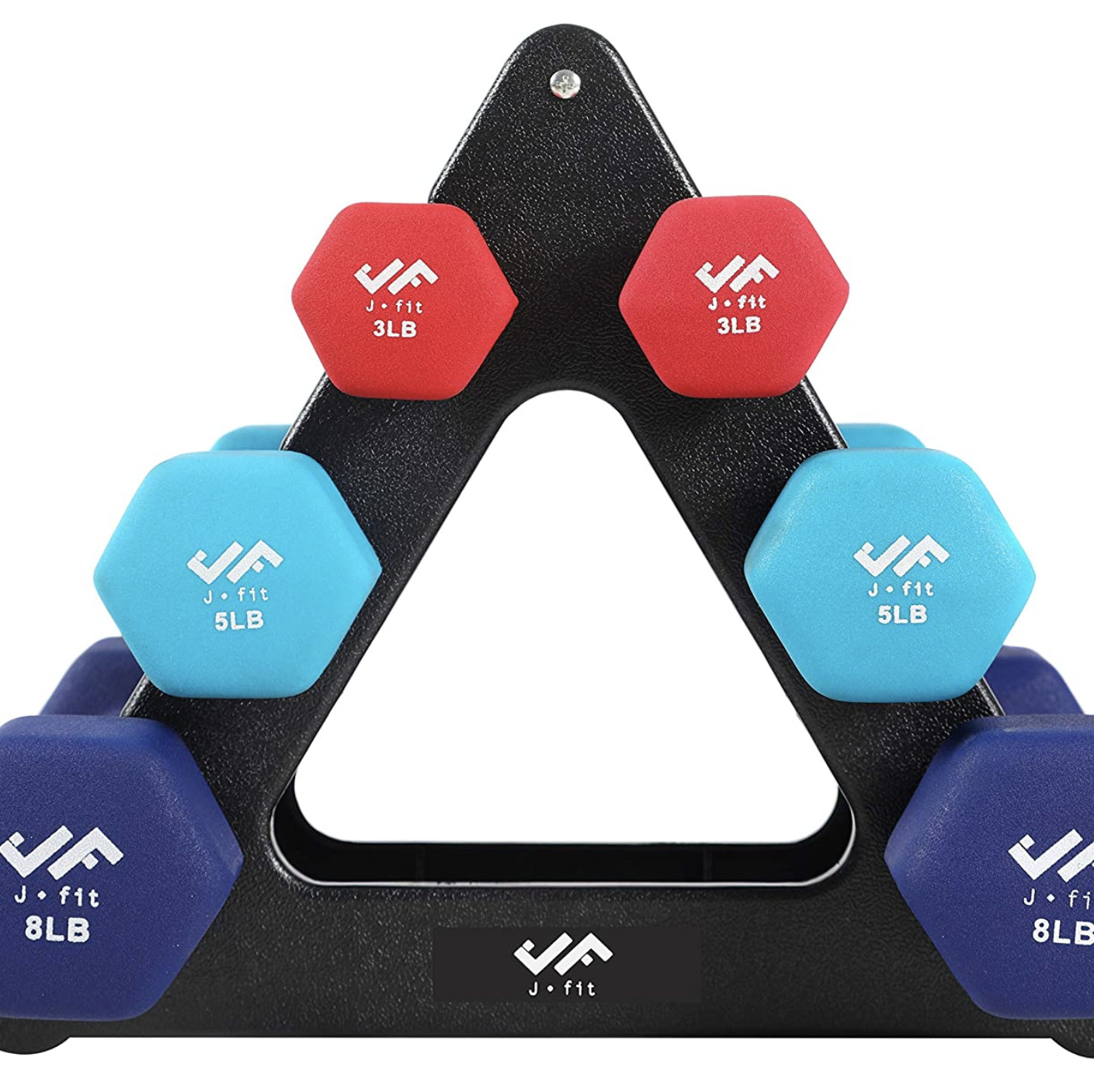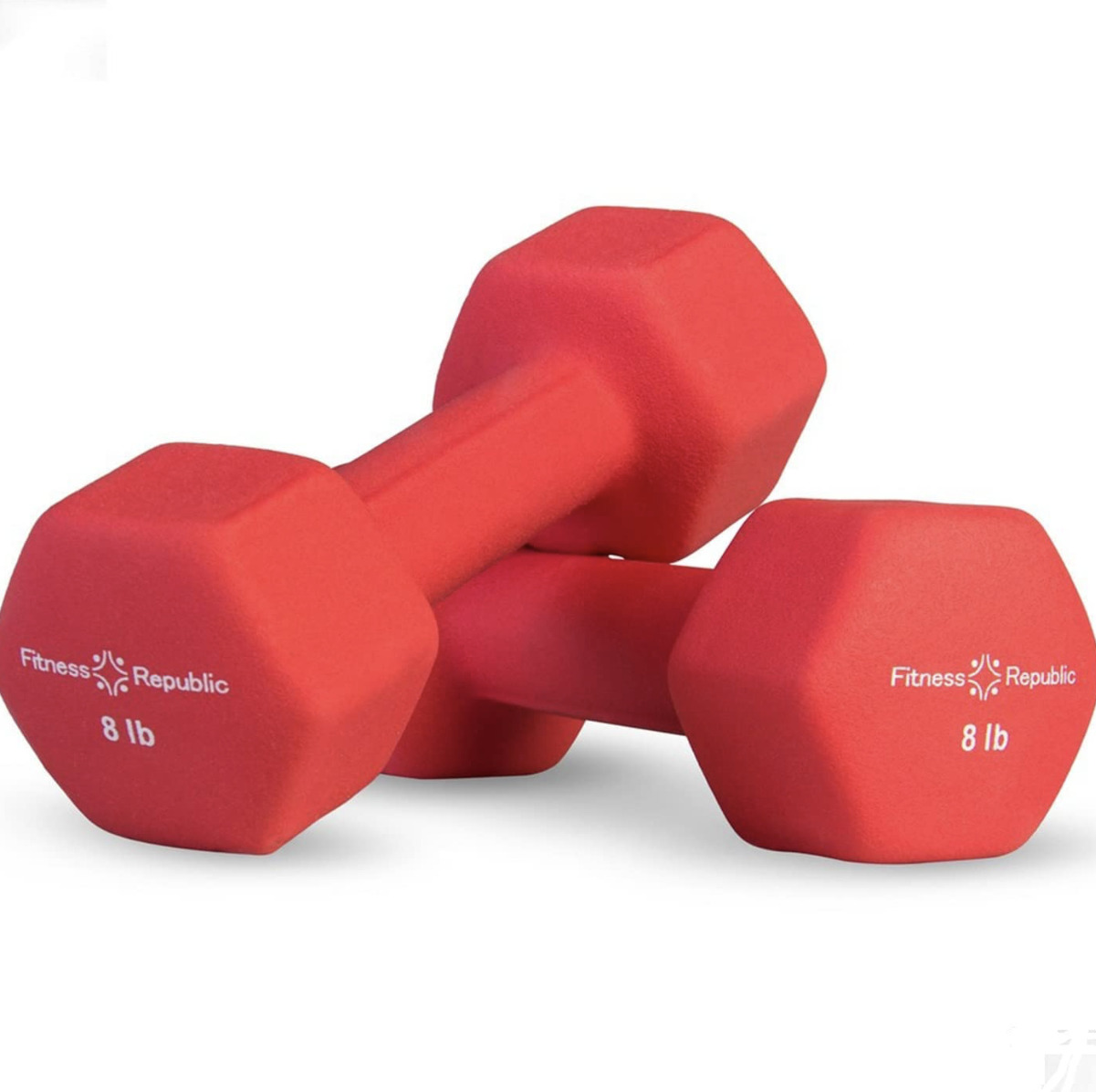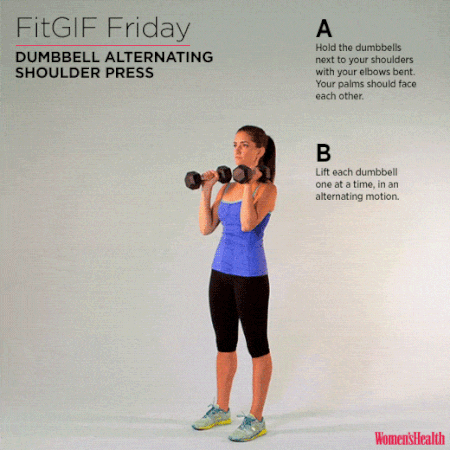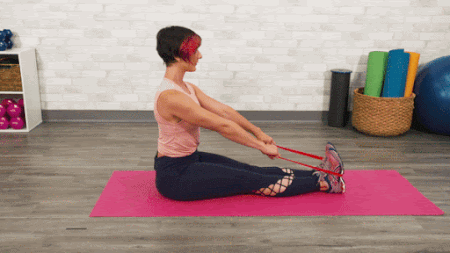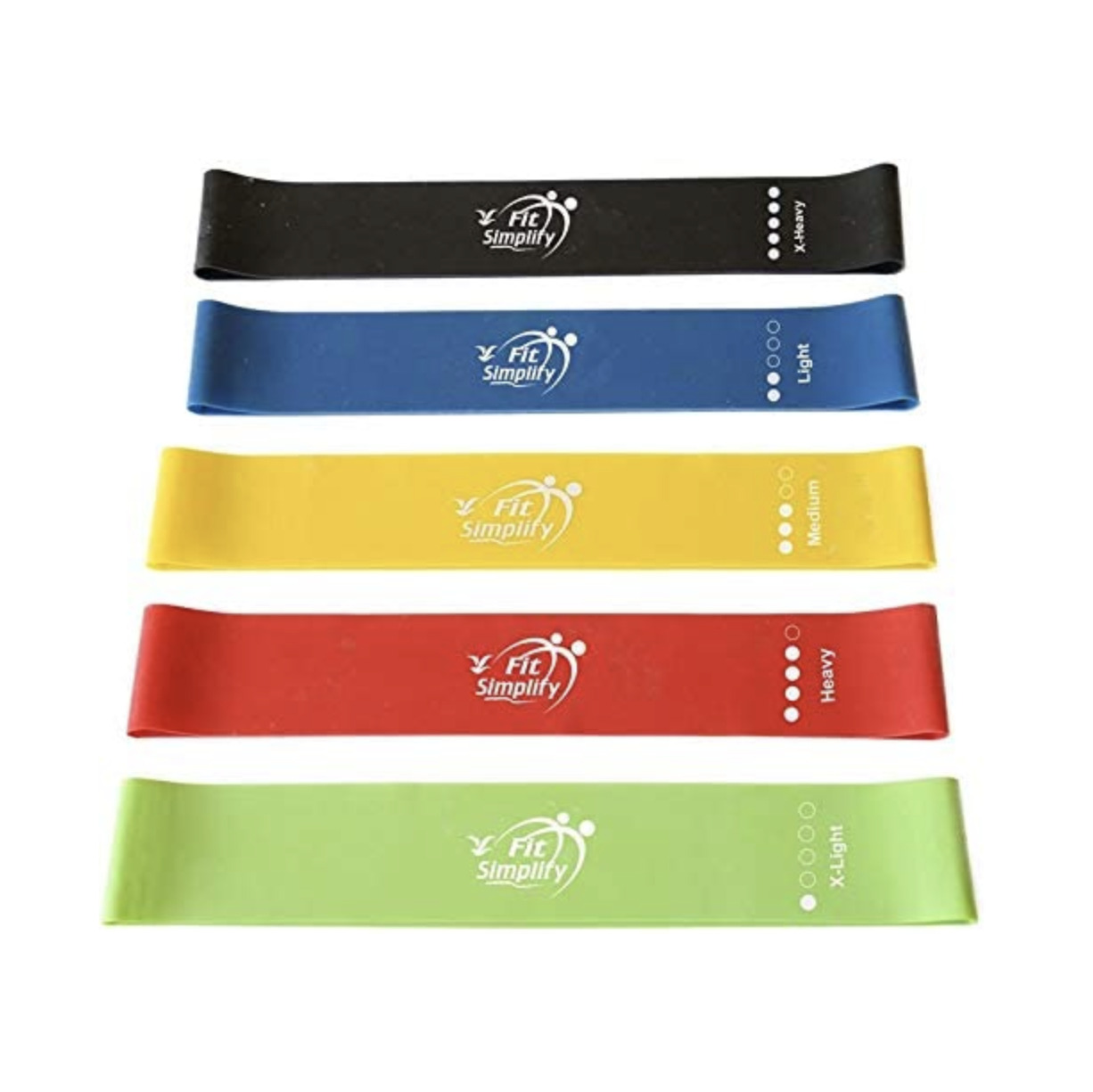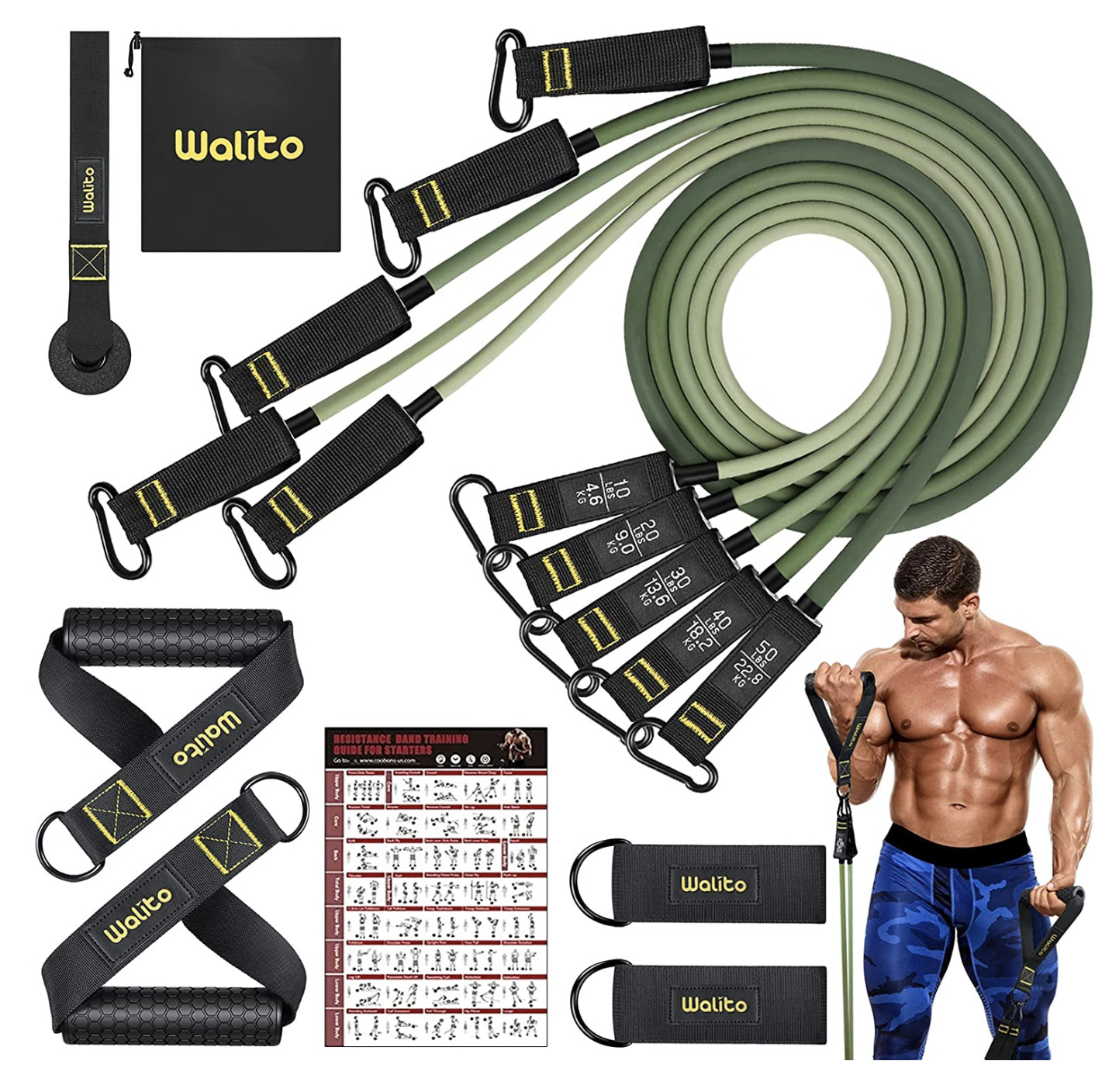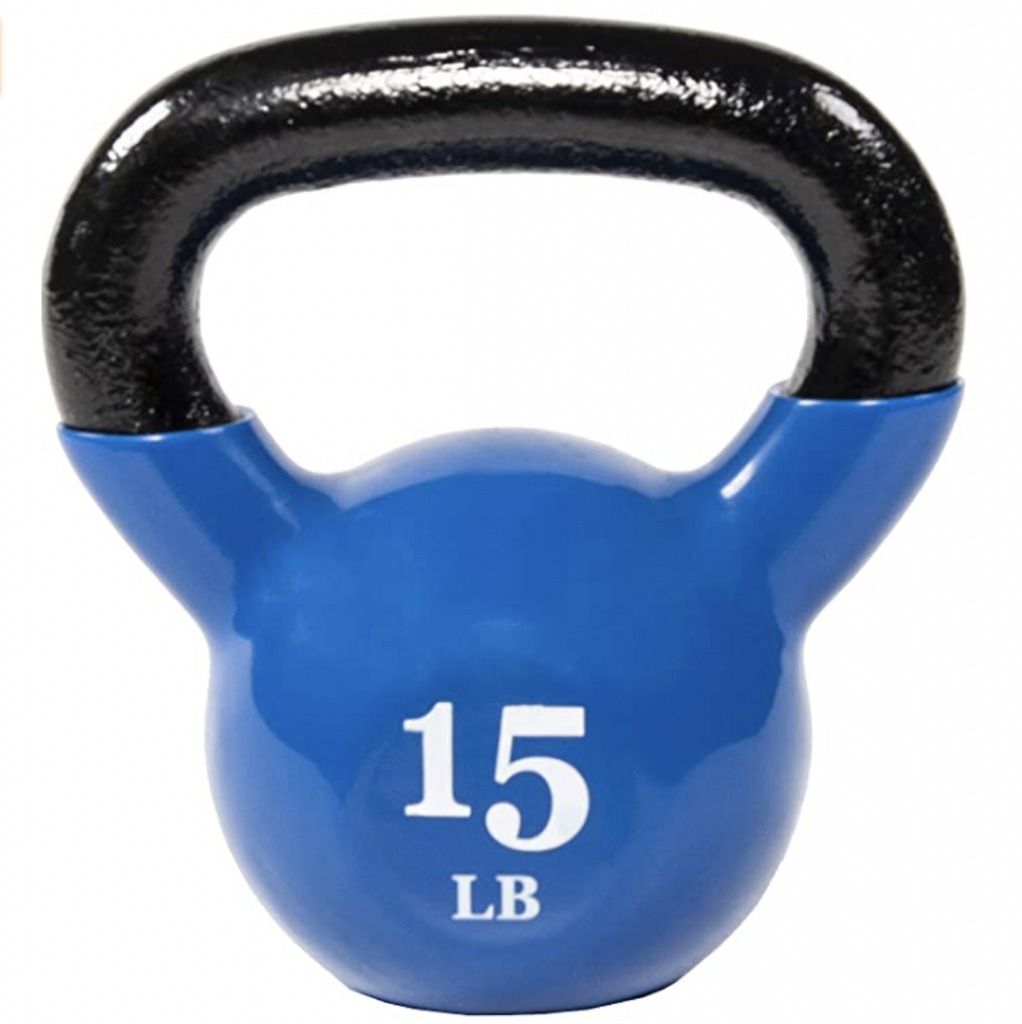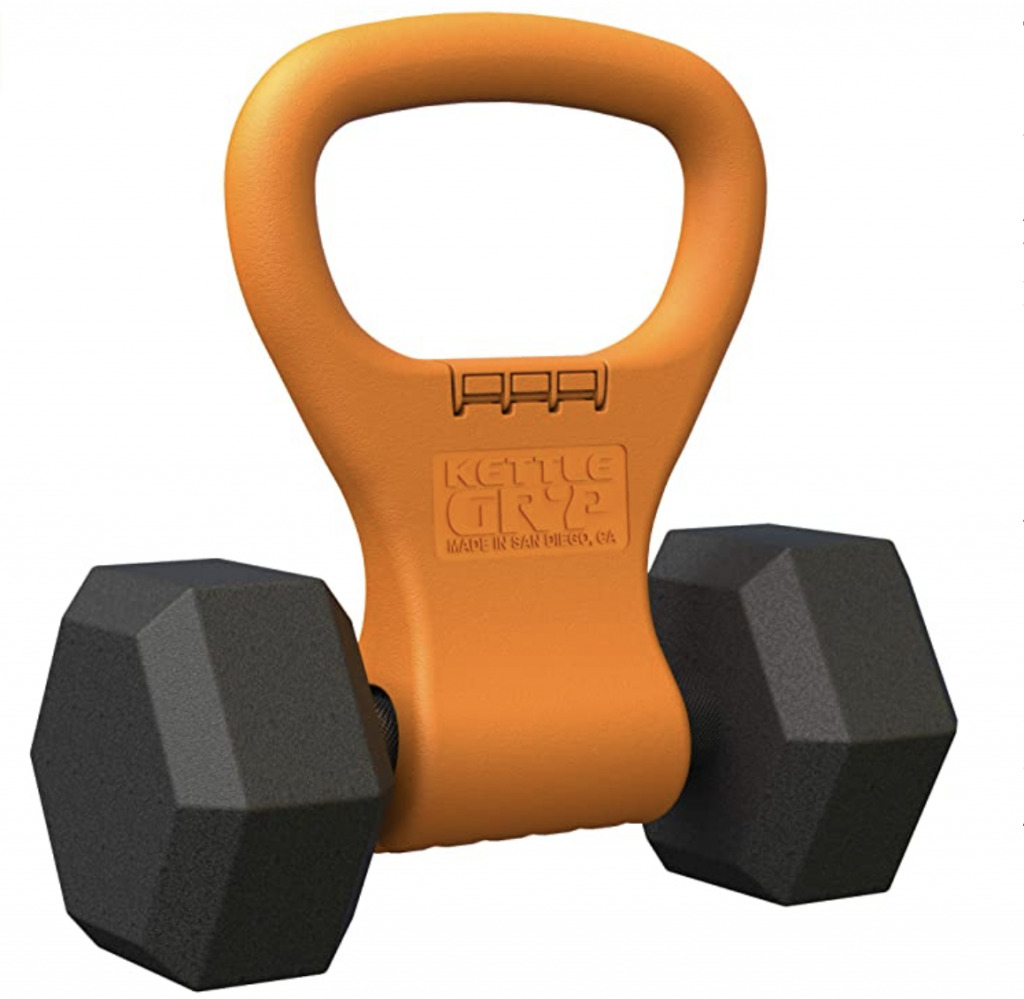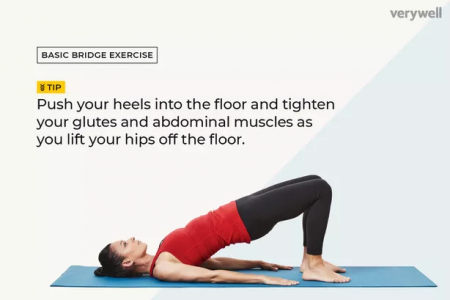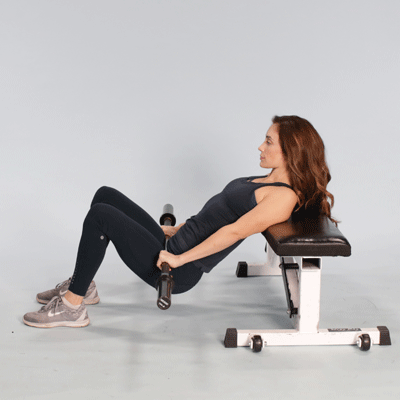Ladies, it’s time to talk about lifting.
Last week, I wrote an article on how we can all take measures to improve bone density, and it turns out that, in addition to eating a rich diet of the right vitamins and minerals, strength work is simply non-negotiable.
It’s not just CrossFit cultists and bodybuilding bros who are preaching about push-ups. Numerous studies have shown that resistance exercise is highly beneficial for the preservation of bone mass, especially in older women with declining bone health.
“Resistance training is one of the best things women can do to improve bone density in their 30s,” affirms Brittany Robles, M.D., M.P.H., C.P.T., an OB/GYN physician and personal trainer. “After 30, you begin to lose bone mass, which is a predisposing factor for osteoporosis. Resistance training can help mitigate those effects.” But resistance training does more than build bones – it helps to preserve muscle mass as we age, a time when we naturally experience a decline. According to research on muscle tissue and aging, our muscle mass decreases approximately 3%-8% per decade after age 30, and the percentage only increases after age 60. This involuntary loss of muscle mass — which correlates with a loss of strength and function — is a key contributor to disability and health problems in older people.
Rate of muscle loss from age of 40 is 8% per decade = increase uptake of strength & balance activity https://t.co/9gMdS4TIat #endPJparalysis pic.twitter.com/vY6IPhO63F
— Exercise Works! (@exerciseworks) August 6, 2017
But lifting heavy things can counteract that muscle loss and more. Studies have shown the vast benefits of resistance training even after a few weeks of engaging in strength-based exercise. In one study, previously inactive adults who practiced only 10 weeks of resistance training showed improved muscle mass, an increase in bone density, a reduction of fat weight, and an increase in metabolic rate. These adults also self-reported improved physical performance, movement control, walking speed, cognitive abilities, self-esteem, and functional independence.
Suck it, aging.
As a staunch empiricist, results like this are what finally convinced me to embark on a strength training journey myself. Sure, I’d been a dedicated runner for more than a decade but, for the longest time, I scoffed at strength training, because I simply assumed that running was enough. But as it turns out, cardio doesn’t really build muscle, especially when you run ultramarathons. Plus, as the top coaches urge, strength training is a fundamental supplement to running, because stronger muscles and joints mean lower injury risk and faster race times.
Finally, I became a believer, and I was pumped to take the plunge. But let’s face it, I had no idea what I was doing — and like many women newcomers, I was “gymtimidated.”
Sound familiar? Don’t worry. I knew I wasn’t alone, and neither are you. In fact, a study found that one in four women suffer from gymtimidation and avoid the gym for fear of being judged. In the survey, about a third of women felt they weren’t good enough to go to the gym, a third feared they would look unattractive, and another third felt they’d be judged because they didn’t know what they were doing.
I definitely belonged to the latter group. But as someone who prides herself on facing her fears with fortitude, I gritted my teeth and plowed my way through Planet Fitness. Sure, I dropped a lot of dumbbells, committed the gravest crimes of etiquette, and had to dodge my share of dirty looks, but I pressed on — and on, and on, and now I can press like a boss when it comes to squats and benches.
I dare say I deadlifted my way to a gym rat.
But you don’t have to push to the extremes to enjoy the benefits of strength training. In fact, you really shouldn’t. As the sports performance coach and personal trainer James Shapiro, M.S., C.S.S., P.E.S., aptly put it, “There is no need to constantly train at your maximum. Most results come from consistency and not rapid progression. Longevity and having fun is the goal when it comes to exercise and strength training.”
Eager to have fun without floundering around like I did? Hungry to scratch your strength-training itch but don’t know where to start? Good news! You don’t have to dive in blind like me, and you can kick your gymtimidation to the curb. That’s because Dr. Robles, women’s health physician and trainer, is here to guide you through your first set of strength exercises.
Not quite ready to step into the gym, but don’t have the gear to work out at home? No worries! Follow our links below and get all the equipment you need, delivered to your door.
Okay, it’s go time! Get ready to rumble (and row) with Dr. Robles’ compound movements.
The Basics
“I usually recommend that clients focus the majority of their training on movement patterns instead of muscle groups,” says Dr. Robles. “In doing so, you are able to train multiple muscle groups at the same time with just one exercise.”
These four basic movement patterns include pushing, pulling, knee flexion, and hip extension, Dr. Robles explains. “The pushing exercises can be broken down into horizontal and vertical pushing exercises,” she says.
Here are her favorite examples of each!
Pushing Exercises
Push-Ups
The best horizontal push exercises include different push-up variations, Dr. Robles notes, “The nice thing about the push-up is that it can be scaled back enough that even complete beginners can do them. For example, the push-up can be done against a wall, or with the hands elevated on an incline. For more advanced trainees, you can play around with hand positioning and tempo to increase the challenge.”
Dumbbell Bench Press
“The dumbbell bench press is a great exercise because you can choose the weight that you are most comfortable using,” Dr. Robles advises. “The dumbbells also provide more freedom in the range of motion.”
Dumbbell Shoulder Press
“The shoulder press is an example of a vertical pushing exercise,” notes Dr. Robles. “Like the bench press, you can start with a weight that suits your fitness level.”
Pulling Exercises
Seated Banded Rows
“For the pulling exercise, I find it easiest for clients to use a resistance band and perform seated rows,” Dr. Robles explains. “You can take one end of the band and wrap it under your feet and grab the other end of the band as you sit with your legs straight out. You can then pull the band towards your abdomen and pinch the shoulder blades together.”
Knee Flexion Exercises
According to Dr. Robles, there’s no better exercise for knee flexion than the squat. “The best thing about squats is that they can be done with dumbbells, kettlebells, bands, or even your body weight,” she says. “You can also do wide stance squats, squats on a chair (box squats), or single-leg knee flexion exercises (i.e., lunges).”
“My favorite is the goblet squat, where you hold a dumbbell or kettlebell up at your chest as you go through the movement,” Dr. Robles describes.
Hip Extension Exercises
Glute Bridges
For hip flexion, Dr. Robles recommends that beginners start with glute bridges. “Extending at the hips, just use your bodyweight with your back flat on the floor,” she says.
Weighted Hip Thrusts
You can perform hip thrusts with your bodyweight, but they’re even more effective with a weight, Dr. Robles explains. “You are sitting on the floor with your back up against a bench, knees bent, and feet flat on the floor,” she describes. “You hold a weight at your hip crease and then squeeze your buttocks up to extend the hips. As you extend up, your upper back becomes parallel to the bench.”
The Bottom Line
There you have it! You’ve mastered the four movements, and you’re well on your way to more durable muscles. But remember, like with any new habit, consistency is key; strength training isn’t a game of one-and-done.
“I recommend that women perform each of these movements at least once per week and up to two times per week,” Dr. Robles advises. “In general, most women can see improvements in strength and potentially muscle tone in as little as 8 to 12 weeks.”

Do you regularly practice a strength training routine? Share your progress in the comments!
Check These Out For More Full-Body (And Mind!) Fitness Tips:

